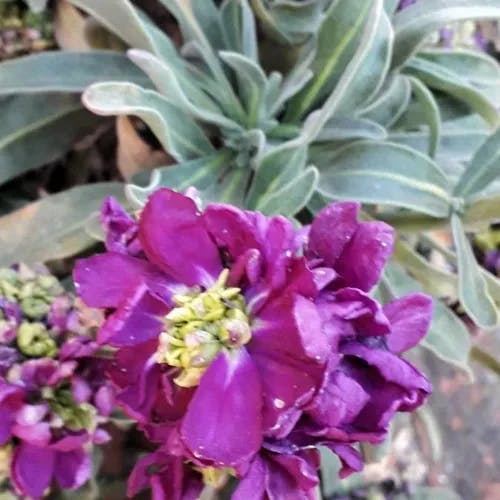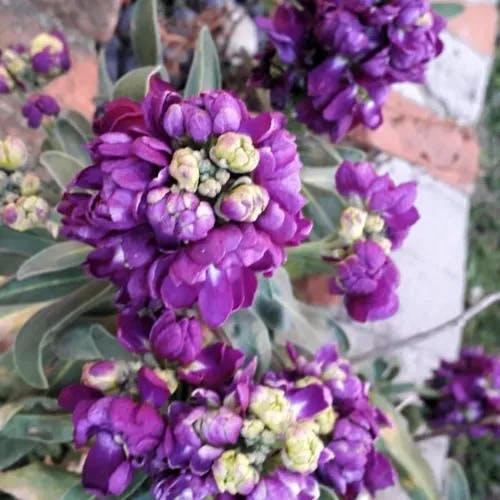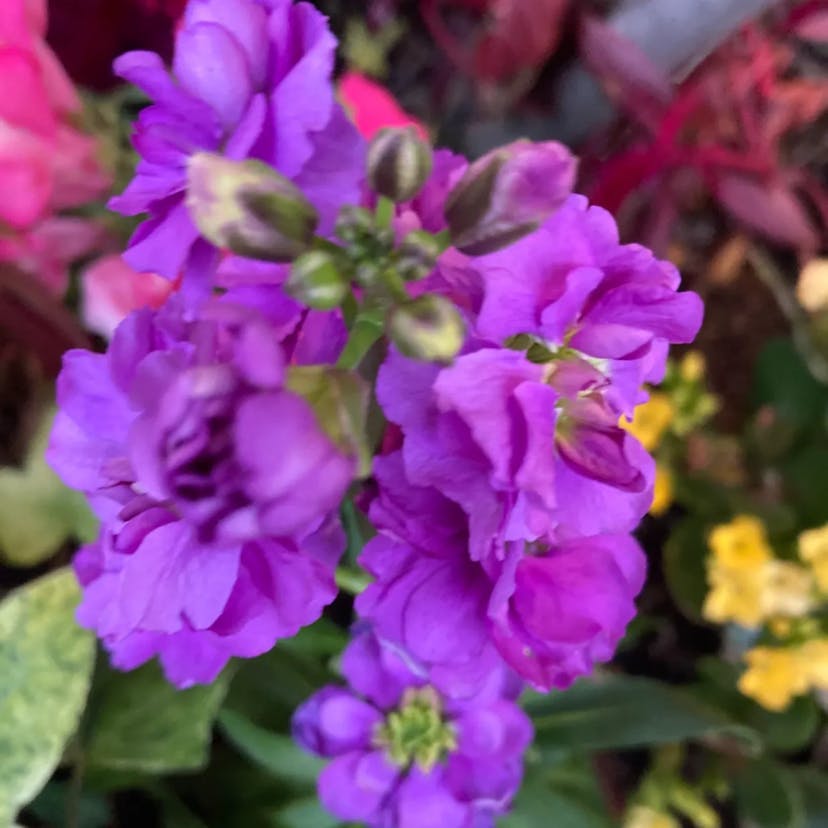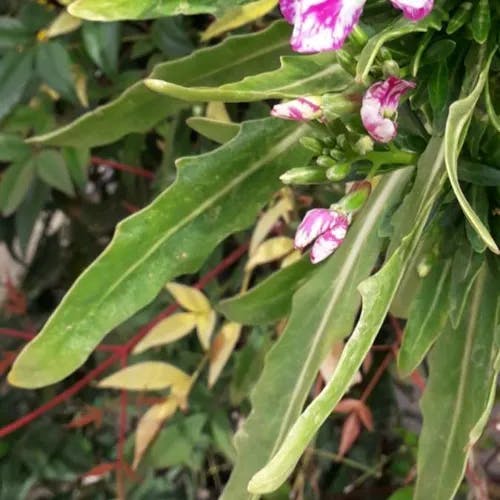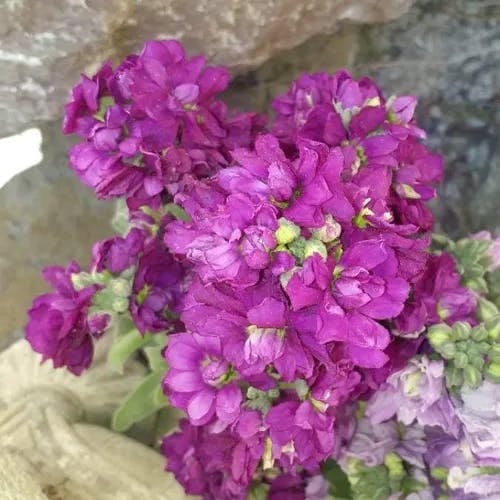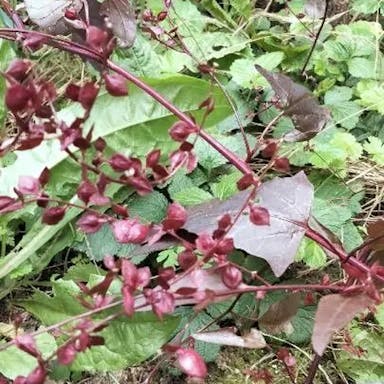The hoary stock grows wild in southern regions. Its greyish foliage provides a nice contrast. This flowering plant has some other common names like ten-week stock or gillyflower. It blooms in whites, purples, reds and pinks. The blooms are quite fragrant and long-lasting. Gardeners like the hoary stock for its adaptability. It thrives in full sunlight and tolerates drought well. The plants reach one to two feet tall on average. After the pretty blooms fade, long seed pods develop. These contain small black seeds. The seeds can be collected and used to grow new plants.
0
0
